Buying more than you need and using less then it produces always applicable when it comes to prolonging the life of most things.
Last edited:
Follow along with the video below to see how to install our site as a web app on your home screen.
Note: This feature may not be available in some browsers.
Until the new gen light comes out and they tell you they no longer supply parts for yours.

Your website only shows them for AI. Is that correct?Our pucks are actually designed specifically for the previous-gen lights and can support fixtures going as far back as 2014. We've been beta testing them since mid-2020 and where possible, have tried to maintain compatibility with a broad swath of lights.
Your website only shows them for AI. Is that correct?
LED’s will likely last the lifetime of your reef hobby.Long post but, here we go. I'll start at the basics.
In layman's terms, essentially when a LED is created, there's a substrate that is laid down, usually a crystal lattice. This substrate sits between your LED and your wafer from the chip. This substrate sits on top of that wafer and unfortunately the process of LED Wafer chip manufacturing is pretty complex, and ultimately the substrate almost always develops micro cracks to some extent as a result of this, or most likely, micro cracks in the die used for making the semiconductor.
These cracks are called Threading Dislocations. Ultimately, they get bigger over time and multiply when the chip on the LED itself is exposed to high temperatures.
This ultimately means that in layman's terms, for a LED to work, you take a board, you coat it with a net negative impurity, then a net positive impurity over that, then when a charge is applied, the negative electrons travel between the two layers to fill a hole in the positive layer. This process is supposed to emits a photon, if all the electrons have a pathway to meet a proton partner.
If they don't find this partner however, (let's call this electron, "Barnabus"
) It's because instead of Barnabus having to travel a mile to their friend with benefits, Carol's house, now the city installed a huge tower apartment complex across the street with lots of hot beautiful women. Because Barnabus is actually a lazy vampire and takes the path of least resistance, and they view love as a binary event, a reason to feed, They don't actually care about Carol, they just want the closest food possible. So they go across the street.
Because Barnabus goes across the street now, he has no reason to walk back down that road and meet up with Carol, and Carol no longer has any reason to keep the outside lights on anymore.
When they do this, eventually everyone else in the area gets the same idea over time and more and more of these buildings open up across from eachother.
As this happens, these people in the country begin to develop mental health problems they didn't have before when the previous system was working. Other parts of their life may begin to crumble or fall apart when they begin to compare themselves to what they too, could have..... (The chip begins to lose it's ability to do the job properly and begins creating a lower threshold for a breakdown voltage event to occur, eventually conducting current in reverse.) Once this reaches about 5V, most manufacturers of LED will short circuit and or failsafe. This is virtually never going to happen, but this is why your LED dim over time, and because this threshold is lowered, it means it's more likely that additional reverse bias from a voltage spike or ESD would cause a complete premature failure.
That said, basically after about 3000 hours of burn in on most led they won't get any dimmer. There's not really an efficient way to test that either however, it looks like the average usable life sites somewhere around 35-50 k hours and your typical CFL is 8-10k, and metal halide is 7.5k-20k.
So at most, led change every 4 cfl replacements, and at least, led change every 6 cfl replacements or 7 mh replacements. To maintain peak. But this assumes you run 100% capacity. Most of us do not. So I think over time, and some might already be experiencing this, there is a meaningful shift in PAR even on nicer lights, if in consistent use. But with a value at this level, and 12 hours a day of use, this could still be 3-4 years you are looking at before it becomes a problem, in theory. So the key is to purchase the biggest light possible, run it at the lowest power to reduce stress and maximize your cooling ability relative to the entire fixture, and you'll get a lot more use out of them because there's less energy turning into heat overall.
Some sources :
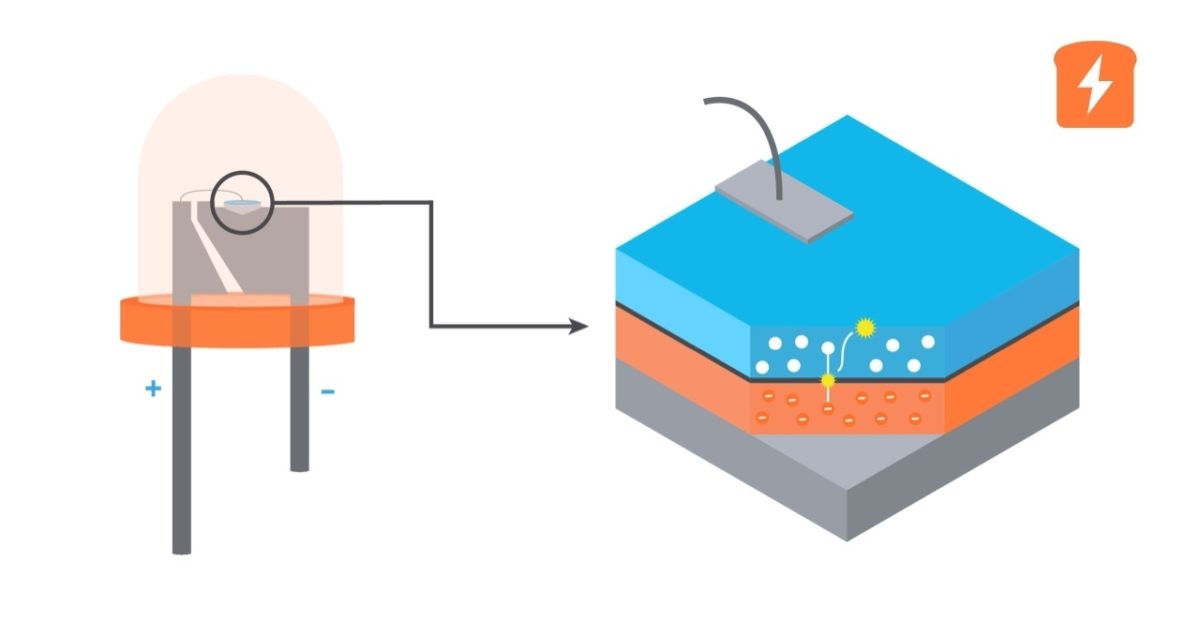
How does an LED work?
Get all your questions on the role of compound semiconductor materials in LEDs answered! Understand their efficiency in converting electrical energy to light. Learn more!www.circuitbread.com
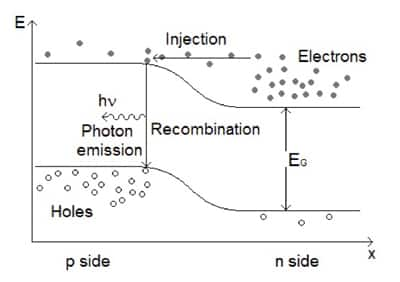
Understanding the Cause of Fading in High-Brightness LEDs
High-brightness LEDs tend not to burn out rapidly. Rather, they slowly fade away.www.digikey.com
Thanks for coming to my LED Ted talk
Tl;Dr
If you want to save a lot of money on this hobby, replace your LED on your fixture once a year and make sure your lights have enough heatsink or cooling so as to slow down microcracking aka thread dislocation process.
Running your lights at lower power and having more of them, can also extend the life of your LED.
If you opt not to replace your LED, increasing your current to the LED to compensate will accelerate the thread dislocation process, but if you plan on buying new lights in the next 1-2 years, it's not worth getting upset over.
If you replace your LED, you can ultimately control your spectrum as well if you wish to make some changes to it.
If you are electrically inclined, making sure your light's fans are always on either by rewiring or by selecting the option is always a good decision, as is adding a heatsink such as aluminum and doing things to improve the airflow around your tank. This will not only help your LED, but ultimately most tanks are oxygen deficient at some level, especially if you aren't using a skimmer, or you have the tanks in a room that doesn't get open windows, etc.
I'm not suggesting you liquid cool your lights, as that too, will likely cause dimming. But be aware that the likely issue with your lights dimming resides exclusively within the individual LED wafers, assuming you don't let heat become such an issue that it damages your actual board.
So yep, that's what I spent the last day reading about on depth.
In a weird twisted way, a dimmer light is a better light, and the best designed light is going to be designed to limit things it can actually mitigate, like output and heat.
I'm not sure that's a $800++ price tag, but you as a customer need to do your due diligence here and read the articles above to come to your own conclusions and begin asking questions to manufacturers that will
A: Improve the hobby
and
B: Give you a reliable product that matches your expectations as a consumer.
You know, the problem with LED is the technology moves so quickly, most of these degradation arguments are pointless for everyone except people like us who seek extreme stability long term for something like light output.
I can say with confidence that whether you buy the most expensive LED or the cheapest, there is little to no way to do quality control manually at the level that is required to determine each LED without the use of Machine Learning, AI centric, Camera-Based algorithms that are designed to identify them based off of regression models.
I will tell you with confidence that virtually nobody will do this because the length of time for these to fail is such that most protocols replace them before it becomes a relevant problem that could cause life or death or massive loss situations.
Ask anyone here growing coral and or running a website how often they replace their lights? Their pumps? Heaters?
I'm not telling you to go buy GHL or go buy Radion, or buy a black box. I'm telling you the product that you all want doesn't exist because there's a inherent requirement to replace LED regardless of manufacturer because of the above design flaws present in all LED.
So, if you really want to keep customers as a lighting manufacturer, it might make more sense to design the LED to be as easily replaceable as possible, and sell those so that if a customer thinks their blues aren't all there, and you as a manufacturer can sell them the new kit, then great.
But don't go around changing key spectrum or coverage when people already trust your product and enjoy it.
Personally I think maximizing your surface area for heatsink is just about the smartest thing you could do to help mitigate dimming.
Light manufacturers with good fans or huge heat sinks, or both? Major props to you for thinking of longevity for the customer instead of putting a spotlight on a metal plate of circuits with a small cooling fan that is ready to heat up in a hurry or maybe even too hot to touch sometimes.
Anyway, I figured this community deserves to have this information presented to them and I feel I can make a much more informed decision about LED and LEd lighting deaign as a whole after reading the above articles.
Maybe some other people heavily involved with the process of designing LED can chime in here, but I just want people to be aware that there's a difference between radion and say, Maxspect, but the most important thing to look at isn't necessarily something you can test by turning it on or putting in a spectrometer. I the case of LED, assume all will eventually fade and die if given enough time. So look for ways the manufacturer has found solutions to successfully mitigate the problems that exacerbate that process, so you get as much life out of your lights as possible, regardless of what you paid for them, and regardless of what you have right now. You can take steps to extend your LED life, but as I went to great lengths above, I hope now you will be able to identify them.
What a beautiful world to live in and have the extremely privileged opportunity this hobby affords us.
Peace and love,
Kyle
Uhuuuuhhh......LED’s will likely last the lifetime of your reef hobby.
LED’s will likely last the lifetime of your reef hobby.
Think that was their point.I'll humor you though. Lots of people leave the hobby within a year or two.
Not sure the methodology used but it lines up pretty well with the numbers I heard back in the day from one of the reps who frequented the LFS I worked at.
I remember him telling me 50% gone by the first year and 85% gone by year 3

 www.reef2reef.com
www.reef2reef.com
Well, that's not exactly a 'broad swath' of lights but, it's a start. I think what you are trying to do is great. Will you, or have you, run into any issues with the manufacturers in regards to duplicating parts for their proprietary products and do they maintain functionality with the software? If you are successful, you are cutting into their profit margin.Yeah, LUX Engine was designed for AI lights. Expansion to others is a possibility in the distant future.
Broad, with regard to AI, and that's what I was referring to when I mentioned a "broad swath of lights," as presently, we make for those. They work with Prime (non-HD), Hydra 26 (non-HD), Hydra 52 (non-HD), Prime HD, Hydra 26HD, and Hydra 52HD. So that's 6 lights, some of which are almost 8 years old.Well, that's not exactly a 'broad swath' of lights but, it's a start. I think what you are trying to do is great. Will you, or have you, run into any issues with the manufacturers in regards to duplicating parts for their proprietary products and do they maintain functionality with the software? If you are successful, you are cutting into their profit margin.
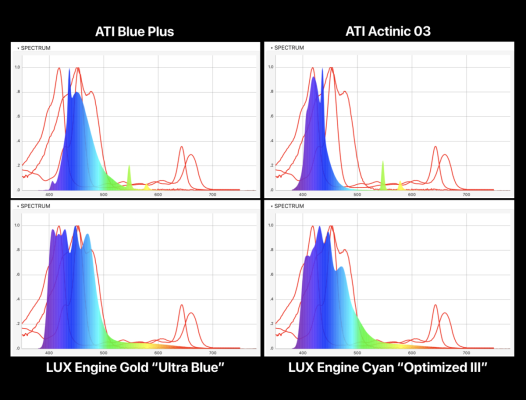
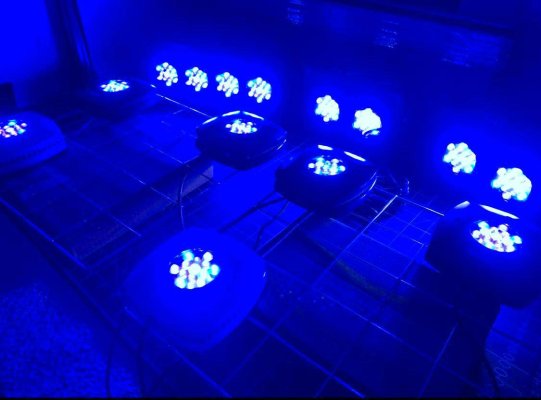
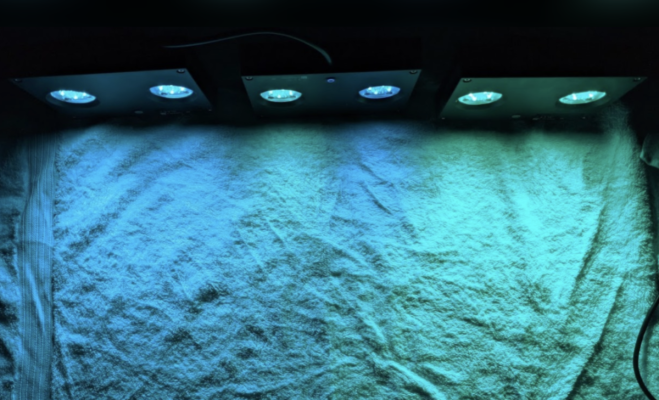
Do your kits come with the lenses?Yeah, LUX Engine was designed for AI lights. Expansion to others is a possibility in the distant future.
Do your kits come with the lenses?Yeah, LUX Engine was designed for AI lights. Expansion to others is a possibility in the distant future.
Do your kits come with the lenses
I was just wondering this today from a budget planning perspective, I have 3 AI Hydra 52 LEDs as well as an Aquatic life T5 4 bulb, 80 watts per bulb, fixture that I replace the T5 bulbs on annually (religiously). However, if I have to replace 3 LED fixtures annually I'd have to sell out of the hobby now. I couldn't afford $2k on lights alone a year. That said, I'm starting year 5 that my LEDs have been operational. Other than an occasional cleaning, I haven't messed with them since setting them up.
I was hoping to run my LEDs another 5 years? Fans are on most of the time, I have 2 hour ramp up and 2 hour ramp down and around 6 hours at 90%.
Should one plan to replace after 10 years of use?
I am on year 7 with my 26hd's and was wondering the same thing...I was just wondering this today from a budget planning perspective, I have 3 AI Hydra 52 LEDs as well as an Aquatic life T5 4 bulb, 80 watts per bulb, fixture that I replace the T5 bulbs on annually (religiously). However, if I have to replace 3 LED fixtures annually I'd have to sell out of the hobby now. I couldn't afford $2k on lights alone a year. That said, I'm starting year 5 that my LEDs have been operational. Other than an occasional cleaning, I haven't messed with them since setting them up.
I was hoping to run my LEDs another 5 years? Fans are on most of the time, I have 2 hour ramp up and 2 hour ramp down and around 6 hours at 90%.
Should one plan to replace after 10 years of use?
Everything wears out over time... even the universe (entropy)So we have established that LEDs wear out over time. Should I just go back to fluorescent and Metal halides? Are there any other considerations that should be taken into account?
